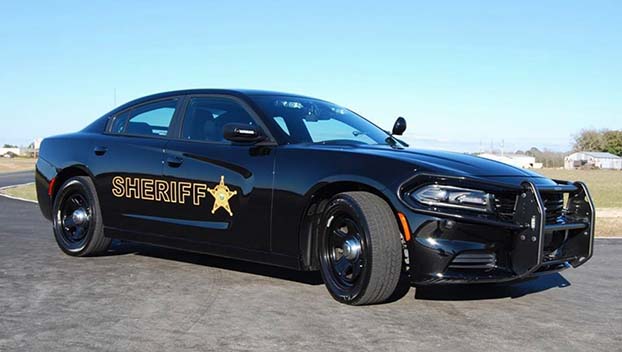Junior volunteer program expands to physician practices
Published 6:40 pm Tuesday, August 11, 2015

JONATHAN ROWE | DAILY NEWS
VOLUNTEEN VETERAN: Emily Box, a rising senior at Northside High School, has participated in Vidant Beaufort Hospital’s Junior Volunteer program for three summers. Pictured, Box handles some paperwork as part of her duties as a “volunteen.”
Vidant Beaufort Hospital expanded its junior volunteer program this year, manning local physicians’ practices with valuable assistance and giving the volunteers a peak into more aspects of healthcare.
Prior to this year, the program confined participants to volunteerism in the hospital. But this year, the hospital’s volunteer services department coordinated with local Vidant physician practices like Vidant Women’s Care, Vidant Orthopedics and Vidant Family Medicine in Chocowinity to give teens exposure to working in a doctor’s office. The program expansion served as a mutually beneficial relationship, giving the practices a helping hand throughout the summer, said Jan Hamblin, manager of volunteer services.
“The practices had them doing different jobs, depending on what they needed,” Hamblin said. “(The students) saw a lot about the inner workings of a physician’s practice as well.”

JONATHAN ROWE | DAILY NEWS
HOSPITAL HOSPITALITY: Vidant Beaufort Hospital recently started a hospitality cart service in which its junior volunteers have commissioned a competition amongst themselves to see who can sell the most snacks and candy. Pictured, Jesse Skinner, a rising sophomore at Washington High School, visits a room with a cart full of goodies.
Kelli Cooper, a rising sophomore at Washington High School, who plans to go into a health-related field, was one of four “volunteens” to serve in a local practice and also logged time in the hospital. Through her volunteerism, Box was able to gain exposure to various components of practices and the hospital.
“I guess it helps me see what it will be like working in different parts of the hospital but also in the doctor’s offices,” Cooper said. “You see behind the scenes and see how everything works. I’ve learned that it’s not only the nurses and doctors that keep the doctor’s office running, but it’s also the people doing the office work. Without them, the doctor’s offices wouldn’t (be able to function).”
The nine-week program requires rising freshmen over the age of 14 to log 32 hours each summer of participation and gives them an option of receiving scholarship money if they volunteer at least three out of four possible summers, according to Hamblin. The time logged during the program is something that can give participants a leg up in endeavors after high school, Hamblin said.
“Everyone is looking for volunteer hours these days in regard to applying for college and jobs,” Hamblin said. “They’re looking for extracurricular activities. Some (students) are interested in going into the medical field and they may do this and decide ‘No’ and some may decide ‘Yes.’ It’s good exposure for a student who would not otherwise know about exposure to medicine. We also write references for them whether it’s for a scholarship or job. Once they honor their commitment, we love to write references for them.”
This year, the program had 63 participants, tying last year’s record. Students from Washington, Southside and Northside high schools, as well as some homeschooled students, participated and are wrapping up the summer this week. And though not every student participates from a desire to enter the medical field, it seems to be the primary motivation behind submitting an application, something that Hamblin says is a lengthy and competitive process. It also serves as a networking tool for students and those that may enter the medical field could possibly return to the hospital as employees after college.
“(The program) does help build workforce development and let’s students see what opportunities they have here and they may decide they want to come back here,” Hamblin said. “There are a lot of different jobs they get exposure to while working at the hospital. They also like it because it’s a social thing for them and they’re able to meet students from other schools. (The students) are wonderful. They’re just really enthusiastic, fun and they learn quickly. They know they’re there to help and they do it without complaint. The ones that come after eighth grade and volunteer multiple years — to watch them mature throughout that time frame is wonderful and you hate to see them go.”




